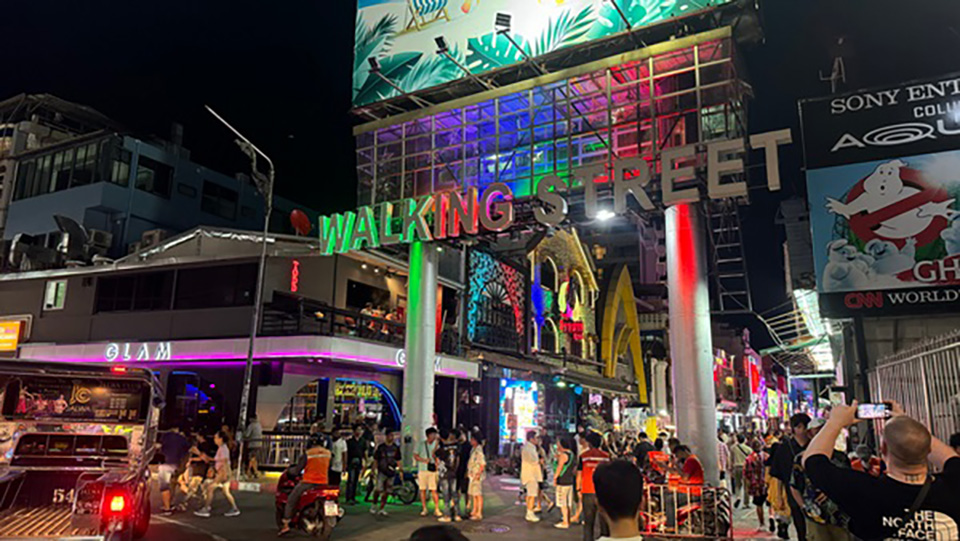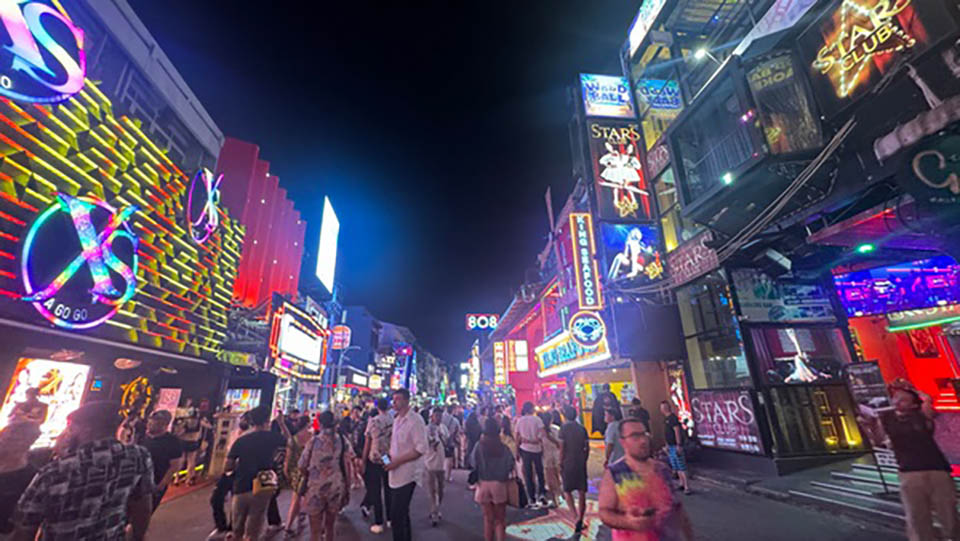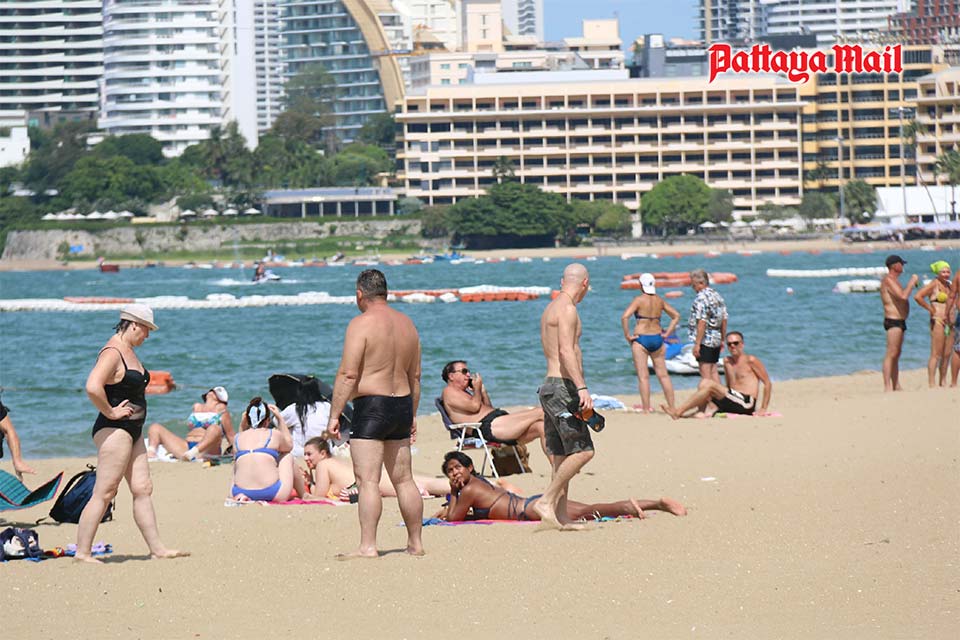
PATTAYA, Thailand – Pattaya’s iconic Walking Street, a lively hub of nightlife and entertainment, attracts thousands of visitors nightly, making it one of the city’s most vibrant destinations. Tourists, especially international visitors, often prioritize experiencing this street after sunset, drawn by its energetic atmosphere and diverse offerings.
Walking Street Pattaya is lined with colorful lights, lively pubs, bars, and enticing street food stalls, creating a bustling scene that keeps the area alive through the night. Visitors can enjoy unique Thai-style performances, ensuring there’s never a dull moment.
Walking Streets in Thailand go beyond entertainment. They serve as cultural and economic hubs, showcasing local traditions, art, cuisine, and crafts. These streets offer a glimpse into the Thai way of life while boosting community-driven tourism. From Chiang Mai’s Wua Lai Walking Street to Hua Hin’s Night Market, each destination provides a unique experience.
The Origins of Thailand’s Walking Streets
The concept of Walking Streets in Thailand began in 1997 under Dr. Pichit Rattakul, then Governor of Bangkok. The first was Silom Walking Street, designed to align urban spaces with community life. It quickly became popular for its blend of art, food, souvenirs, and entertainment.
By 2001, the success of Silom inspired the government to expand the initiative to major cities across the country. Walking Streets flourished, becoming cultural landmarks and important tourism drivers. Popular examples include Chiang Mai’s Tha Phae Gate Walking Street, Chiang Rai Walking Street, and Udon Thani’s Khon Kaen Walking Street.
Today, Walking Streets are celebrated for their role in connecting tourism with local culture, offering vibrant experiences that highlight Thailand’s traditions and community spirit. Pattaya’s Walking Street, in particular, stands out as a national treasure, blending tradition and nightlife in a way that captivates visitors from around the globe.

























